
All categories
Featured selections
Trade Assurance
Buyer Central
Help Center
Get the app
Become a supplier

(1004 products available)













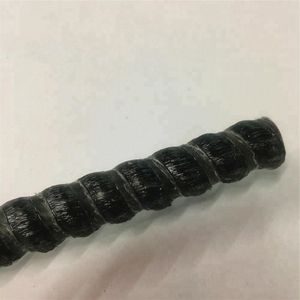
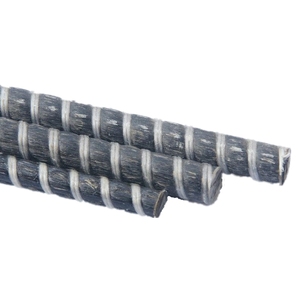
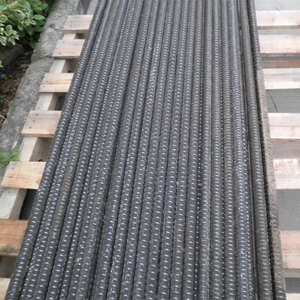

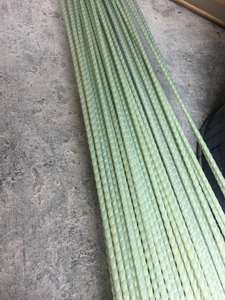
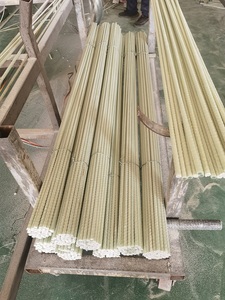



















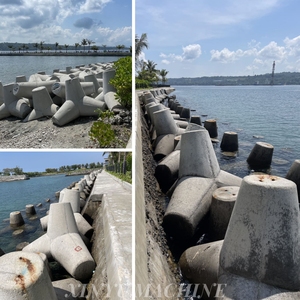













Bendable concrete, also known as flexible or ductile concrete, is a type of construction material that allows for slight bending without breaking. Unlike traditional concrete, bendable concrete can undergo small deformations, which is useful in applications where crack control and durability are essential. Below are the types of bendable concrete:
Engineered Cementitious Composites (ECC)
Engineered Cementitious Composites (ECC) is bendable concrete developed by Professor Victor Li and his team at the University of Michigan. This type of concrete is designed for specific performance requirements, including strength, ductility, and durability. It is commonly referred to as bendable concrete because of its exceptional flexibility and strength. They are also known as bendable concrete or ductal concrete due to their remarkable flexibility, strength, and durability. ECC is characterized by its high tensile ductility, allowing it to deform significantly under stress without failing. This property is achieved through the incorporation of specific fibers, such as polypropylene or nylon, into the concrete mix. ECC typically has a compressive strength comparable to or exceeding that of conventional concrete, often in the range of 40 to 70 MPa (megapascals). However, its defining characteristic is its tensile ductility, which can be several times greater than that of plain concrete. This means it can bend or stretch without cracking. The tensile strength of ECC can reach 3 to 5 MPa, making it much more ductile than traditional concrete.
Ductal Concrete
Ductal concrete is a type of bendable concrete characterized by its exceptional mechanical properties, including high strength and ductility. It is designed to resist cracking and failure under load, making it ideal for use in structures that require flexibility and resilience. This concrete type achieves its bendability through the use of specific steel fibers and pozzolanic materials, such as silica fume, which enhance its tensile strength and toughness. Ductal concrete can be subjected to significant tensile and flexural stresses without failing, making it suitable for applications such as bridges, parking structures, and architectural elements exposed to dynamic loads or severe environmental conditions. Ductal concrete exhibits a compressive strength typically exceeding 150 MPa, significantly higher than conventional concrete. Its tensile strength is also superior, often reaching values around 8 to 10 MPa, depending on the fiber content and specific mix design. This combination of high compressive and tensile strength gives ductal concrete its bendability and durability, making it a preferred material for critical infrastructure and innovative architectural designs.
Bendable concrete has various applications in construction; it is used in sidewalks, pavements, bridge decks, and many more. It is popular among designers and engineers because of its adaptability. It can be manipulated into different shapes and sizes depending on the application.
The features of bendable concrete include:
Bendable concrete can be applied in different industries, and it is essential for designers to know its potential applications. Below are some scenarios where bendable concrete can be used.
Bridges
Bridges are structures that connect two areas over a river, road, or railway. They are constructed using bendable concrete to create a lightweight structure that can carry large loads. Bendable concrete helps create a bridge deck with high tensile strength and durability.
Pavements
Pavements are surfaces laid for roads, streets, or other areas. Pavements made of bendable concrete last longer and are more cost-effective. They also have a high performance of crack resistance and reflectivity.
Parking lots
Parking lots allow vehicles to stop and park temporarily. Bendable concrete reduces cracking and deformation due to the weight of parked cars and changing weather conditions.
Architectural elements
Bendable concrete is used in architectural elements such as walls, columns, and beams. This is because it can withstand seismic activities and tensile forces, ensuring the safety and stability of structures.
Coastal structures
Coastal structures include harbors, sea walls, and jetties. Bendable concrete helps to create a durable and resilient structure that can resist wave impacts and corrosion.
Slopes and embankments
Embankments and slopes are raised structures. Bendable concrete can be used on slopes and embankments to prevent erosion and cracking.
Retaining walls
Retaining walls are structures used to support soil at different levels. Bendable concrete is used to construct retaining walls because it can bend and absorb energy, preventing cracks.
Workability
Workability is a crucial factor when choosing bendable concrete for any construction purpose. Workability should be assessed through lab tests before the materials are used on-site. This is because, with lab tests, it's easy to determine the flow, ease of compaction, and molding of bendable concrete. Bendable concrete with excellent workability is suitable for any construction project. This is as it requires little water and is easy to cast and mold into desired shapes and sizes.
Water content
A proper water-to-cement ratio is essential for the desired bendable concrete to achieve optimal strength and flexibility. The water content directly affects its workability, setting time, and curing process. As a result, an appropriate water content should be chosen to ensure an excellent outcome.
Intended application
The first step a buyer should take is to determine the intended application of the bendable concrete. Bendable concrete is used for various applications, including flexible pavements, artistic sculptures, curved walls, sidewalks, and driveways.
Materials
The materials used in making bendable concrete affect its performance and workability. Therefore, buyers should consider the materials used by the manufacturer to produce bendable concrete. Some of the common materials used include water, cement, fibers, and aggregates.
Consult an expert
Consulting an expert is an excellent way for buyers with little or no knowledge about bendable concrete to get guidance on choosing the right materials. The expert will give the buyer advice based on their needs and budget. This will help the buyer avoid making costly mistakes that can negatively affect their project.
Q1: Is bendable concrete more expensive than traditional concrete?
A1: Bendable concrete can be more expensive than traditional concrete due to its advanced materials and technology. However, its long-term benefits, such as durability and reduced maintenance, can offset higher initial costs.
Q2: Can bendable concrete be colored or textured?
A2: Yes, bendable concrete can be colored or textured to achieve desired aesthetic. Similar techniques used with traditional concrete can be applied to bendable concrete to enhance appearance.
Q3: Is bendable concrete recyclable?
A3: Yes, bendable concrete is recyclable. Like traditional concrete, it can be processed and reused in the production of new concrete. This promotes sustainability and reduces environmental impact.
Q4: What are the maintenance requirements for bendable concrete?
A4: Bendable concrete requires minimal maintenance. Regular cleaning and occasional sealing can help preserve its performance and longevity. It is resistant to cracking and deterioration, reducing maintenance efforts and costs.
Q5: Can bendable concrete be used for residential projects?
A5: Yes, bendable concrete can be used for residential projects. While it is commonly used in infrastructure and high-stress applications, it is suitable for residential applications. It offers durability, flexibility, and long-term performance benefits for driveways, patios, and foundations.